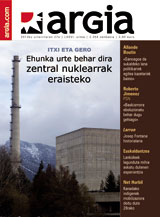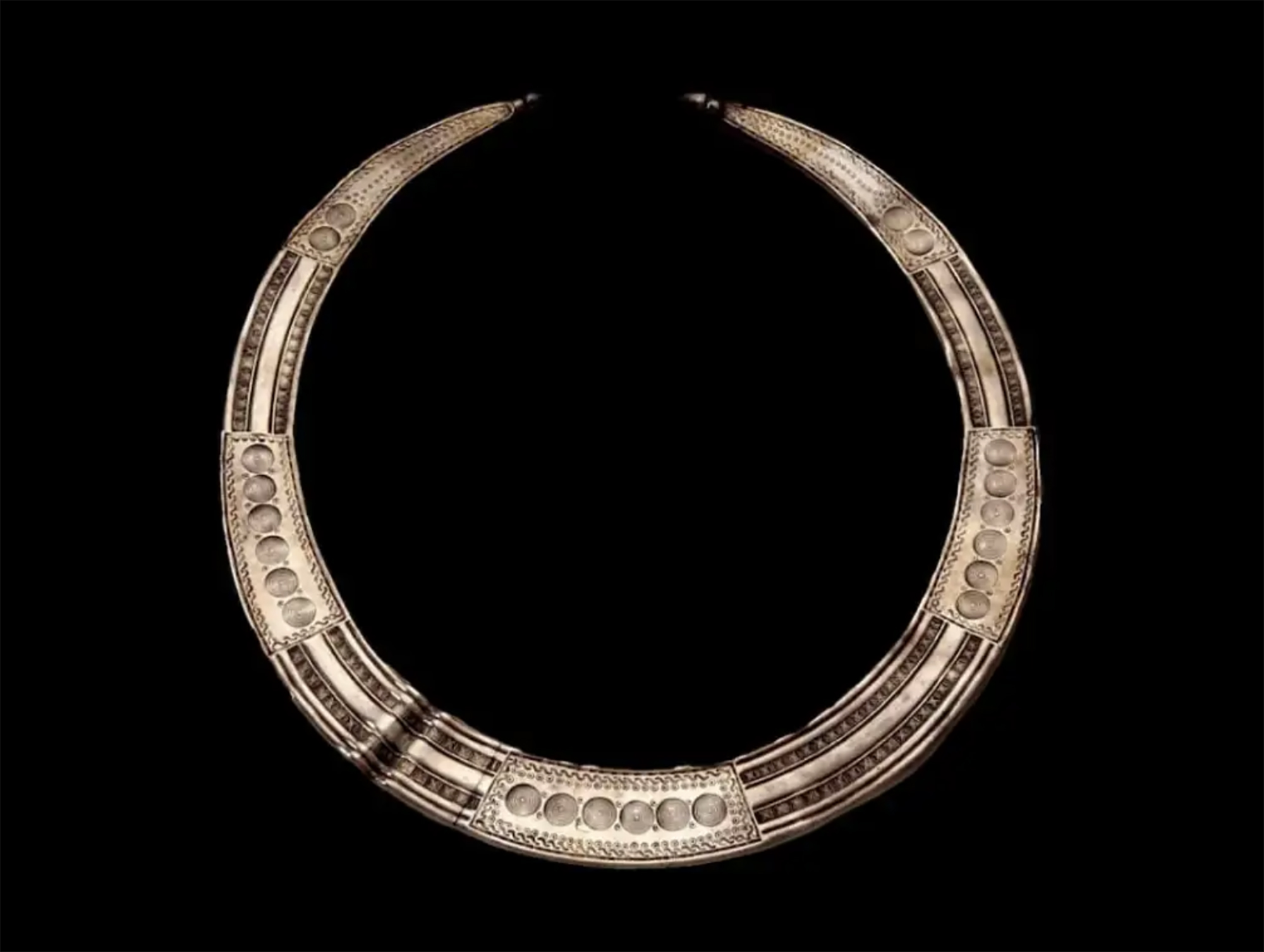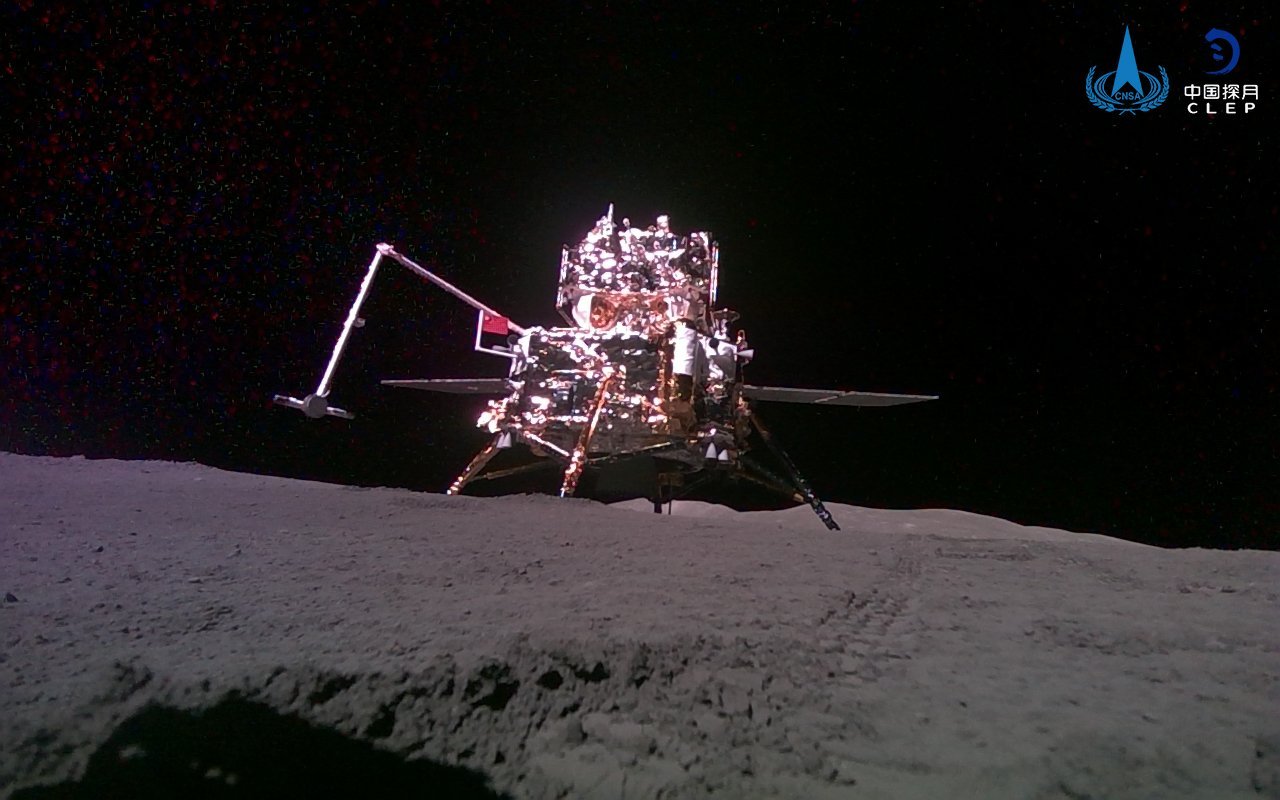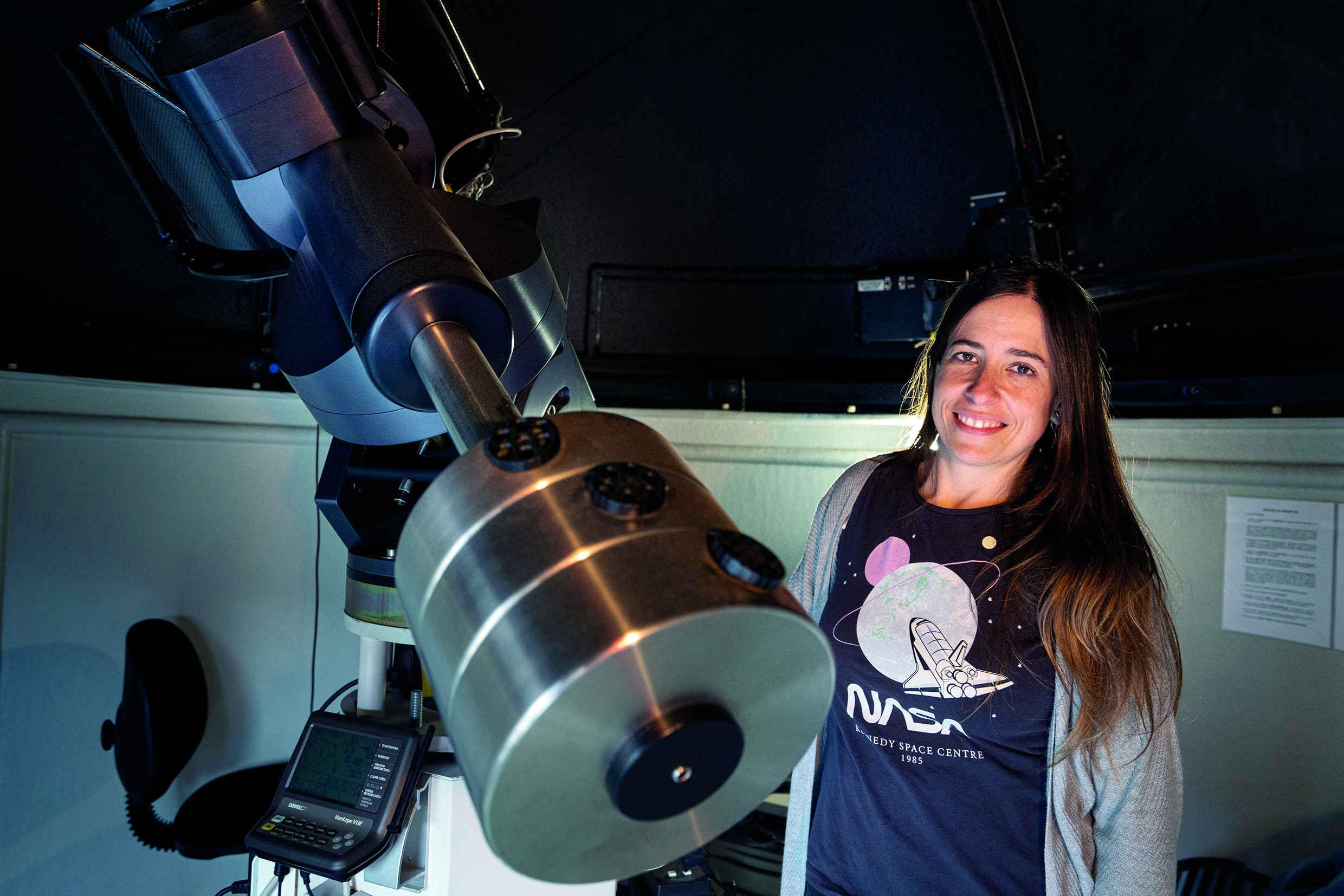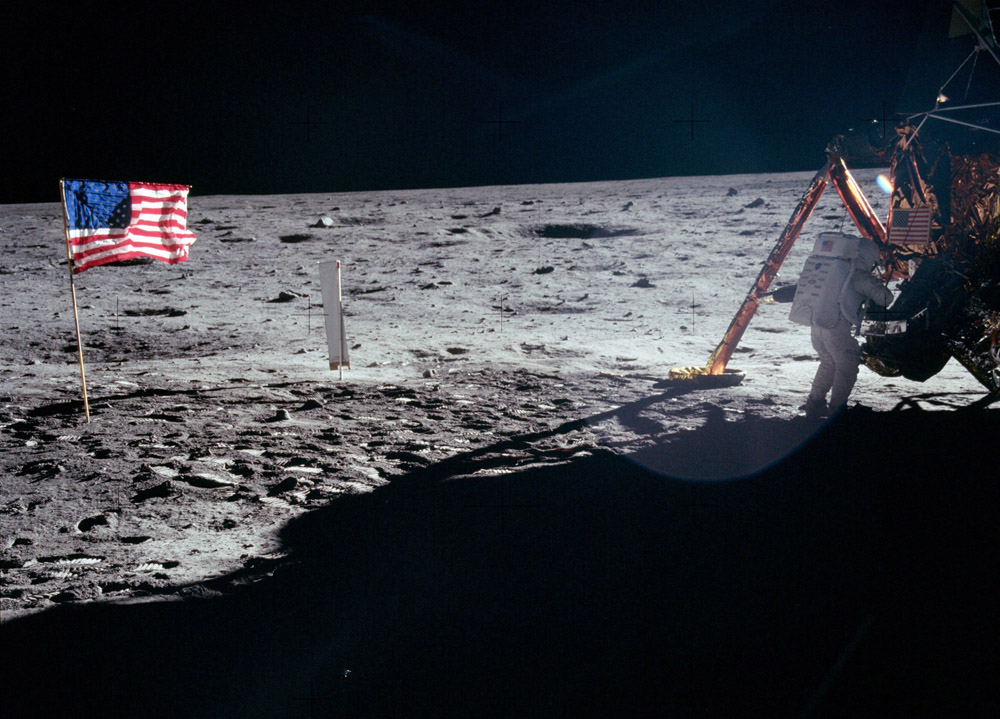Finally, it looks like Apophis won't touch us in 2036
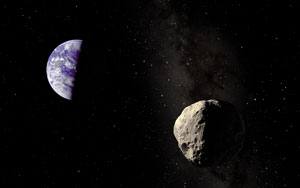
Millions of stones revolve around the earth. There are not few who cross our atmosphere and hit the earth. Many are completely destroyed as they go through the atmosphere, and those who come to us are usually shattered. We have controlled those who are spinning in the orbit of the Earth and are relatively large, so to speak, that is, we know their orbits and what they are going to do in the coming years.
Another thing is asteroids traveling unheading through the universe, because they're hard to detect up to a certain distance from the Earth, which can give them more uncertainty. In recent times there has been some alarm among the information provided by several correspondents about one of them. On January 9, the piece of stone called Apophis approached us at 14.4 million kilometers, and according to some assumptions in the years 2029 and 2036 it can approach about 30,000 kilometers. Because of the margin of error in the calculation system, there was a 2% chance that Apophis would hit the Earth; if we take into account that its diameter is 350 meters, the alarm that had been ignited could have been justified.
However, the latest news has been very reassuring, as according to measurements by the nasa Apophis will approach Earth in 2036, but it will be much further away than expected.
Much earlier we will receive the “visit” of the 40-meter-diameter asteroid DA14, which on February 15 will pass to 27,700 kilometers from us.
Chão de Lamas-eko zilarrezko objektu sorta 1913an topatu zuten Coimbran (Portugal). Objektu horien artean zeltiar jatorriko zilarrezko bi ilargi zeuden. Bi ilargiak apaingarri hutsak zirela uste izan dute orain arte. Baina, berriki, adituek ilargietan egin zituzten motibo... [+]
James Webb teleskopioaren lehen irudiak eta datuak aurkeztu dituzte: unibertsoari inoiz ateratako argazkirik sakonenak eta exoplaneta baten espektroskopia-datu zehatzenak. “Kosmosaren ikuspegi berri eta iraultzaile bat”, Bill Nelson NASAko administratzailearen... [+]









